

(scroll
down - PAGE LOADS FROM TOP TO TOE)
THE MYSTERIOUS WAYS OF YELLOW WAGTAILS...
Specimen of the
Blue-headed Wagtail Motacilla f.flava
-
page
g
(Section
B:
migrant birds of the area where the picture was taken.)
april - picts 1-13
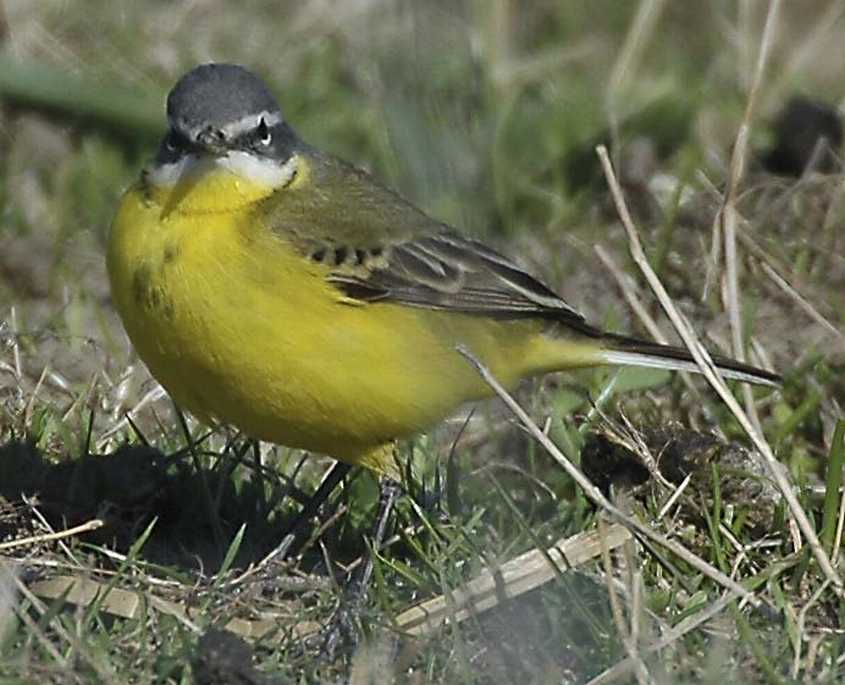 1
1
1 Blue-headed Wagtail Motacilla f.flava 17042006 3 Stellendam, The Netherlands
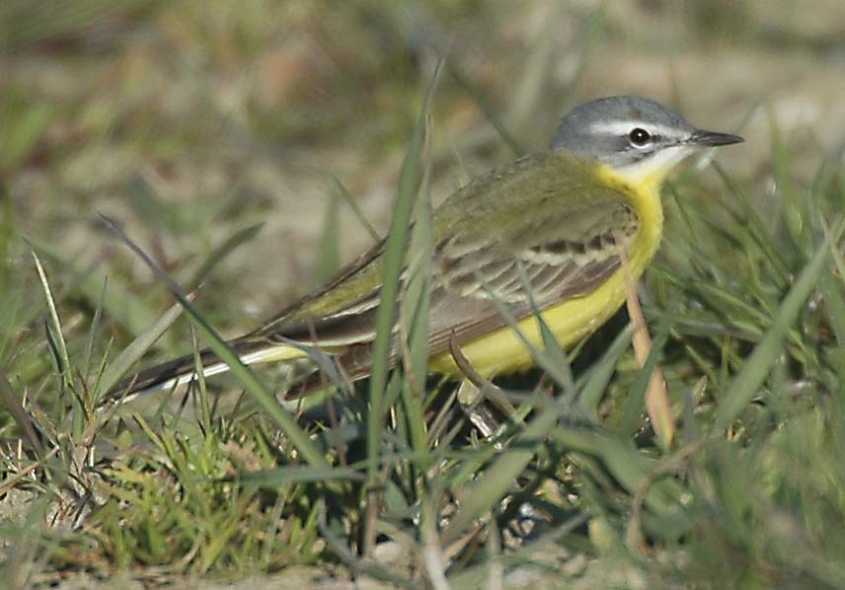 2
2
2 Blue-headed Wagtail Motacilla f.flava 17042006 4 Stellendam, The Netherlands
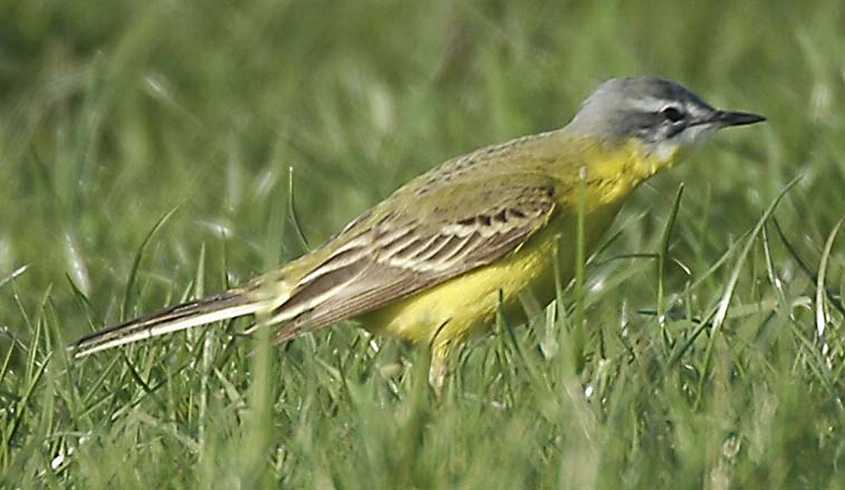 3
3
3 Blue-headed Wagtail Motacilla f.flava 17042006 Strijen, The Netherlands
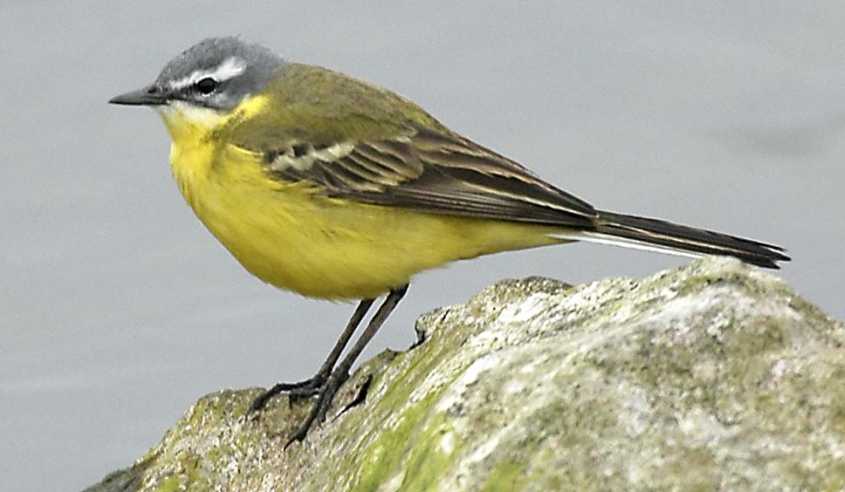 4
4
4 Blue-headed Wagtail Motacilla f.flava 22042006 1 Philipsdam, The Netherlands
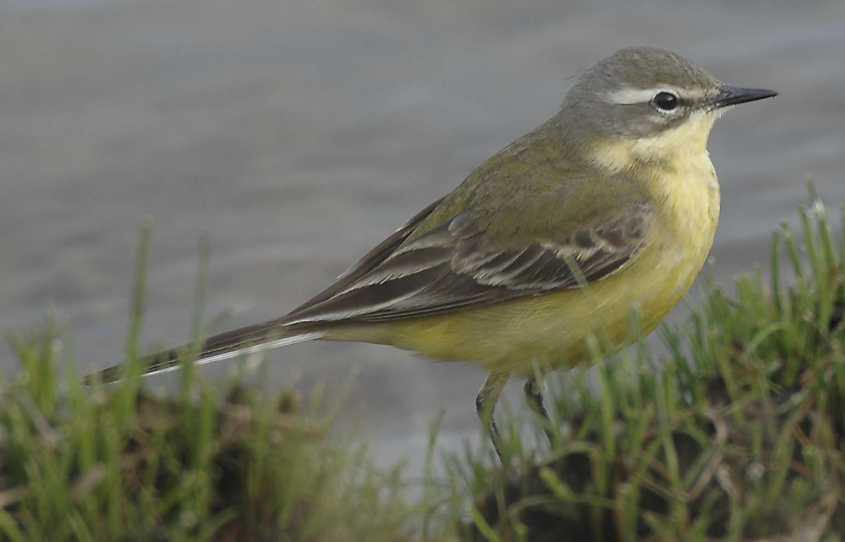 5
5
5 Blue-headed Wagtail Motacilla f.flava 22042006 2 Philipsdam, The Netherlands
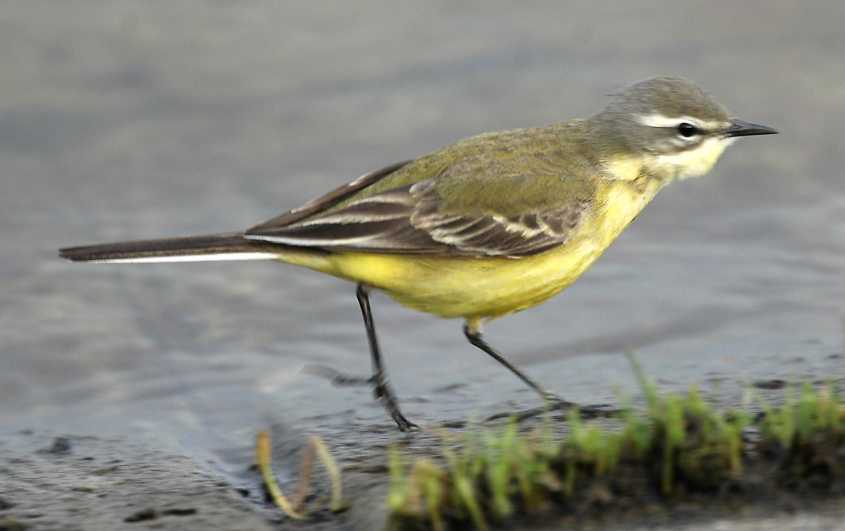 6
6
6 Blue-headed Wagtail Motacilla f.flava 22042006 3 Philipsdam, The Netherlands
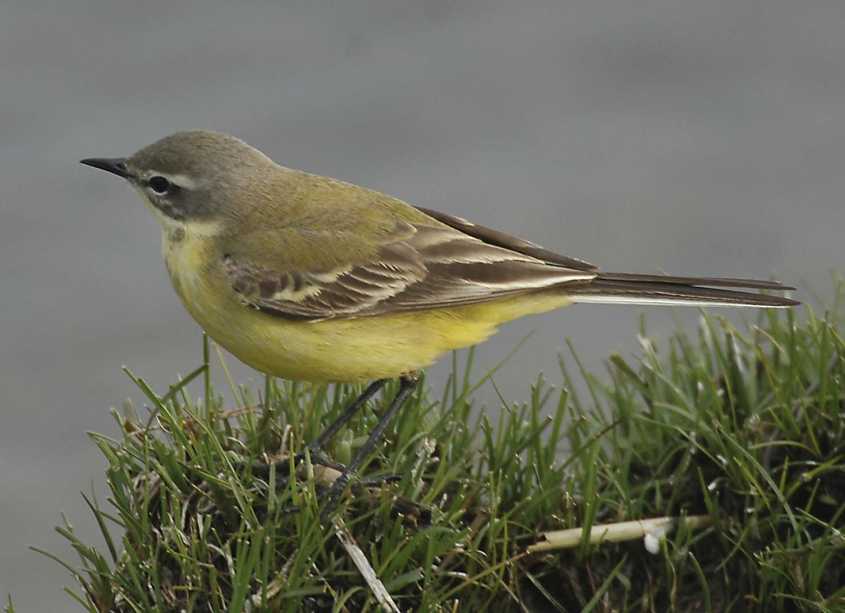 7
7
7 Blue-headed Wagtail Motacilla f.flava 22042006 4 Philipsdam, The Netherlands
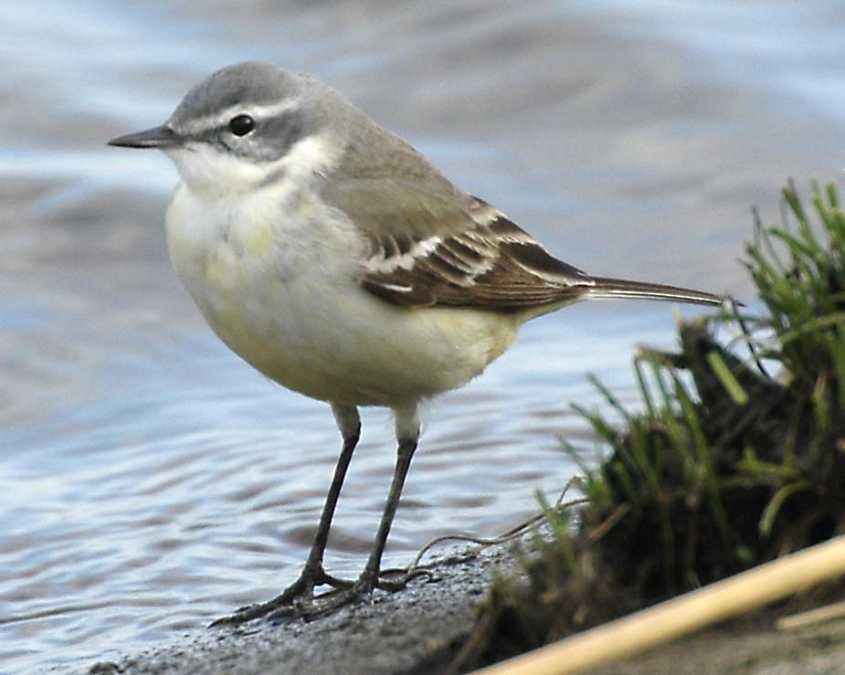 8
8
8 Blue-headed Wagtail Motacilla f.flava 22042006 Philipsdam, The Netherlands
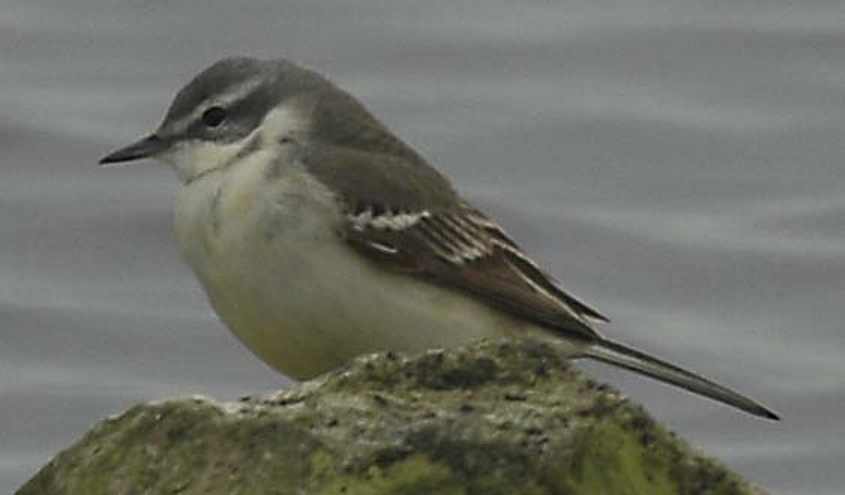 9
9
9 Blue-headed Wagtail Motacilla f.flava pale individ 22042006 2 Stellendam, The
Netherlands
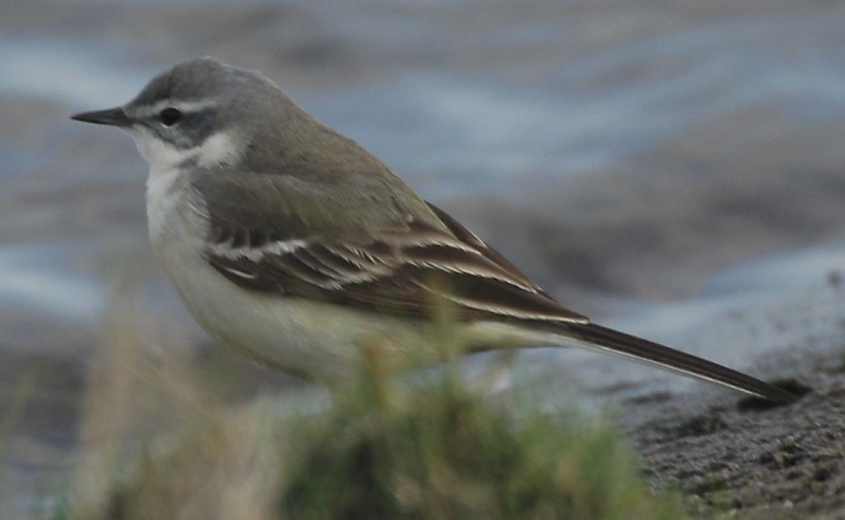 10
10
10 Blue-headed Wagtail Motacilla f.flava pale individ 22042006 Stellendam, The Netherlands
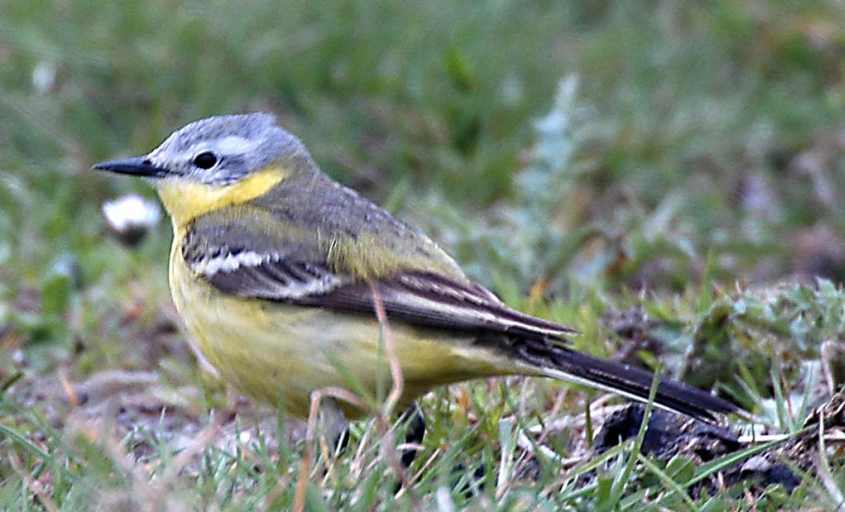 11
11
11 Blue-headed Wagtail Motacilla f.flava with a yellow rump25042006 Oude Tonge, The
Netherlands
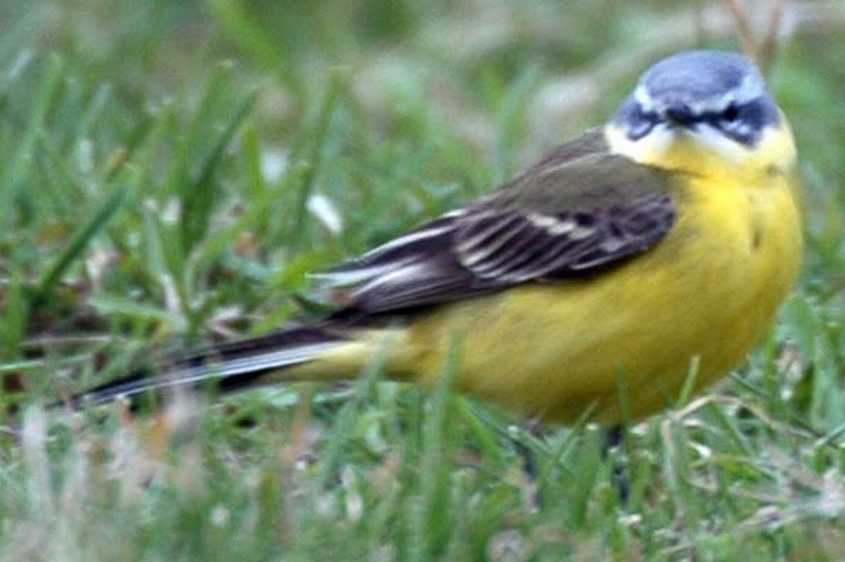 12
12
12 Blue-headed Wagtail Motacilla flava 25042006 4 Oude Tonge, The Netherlands
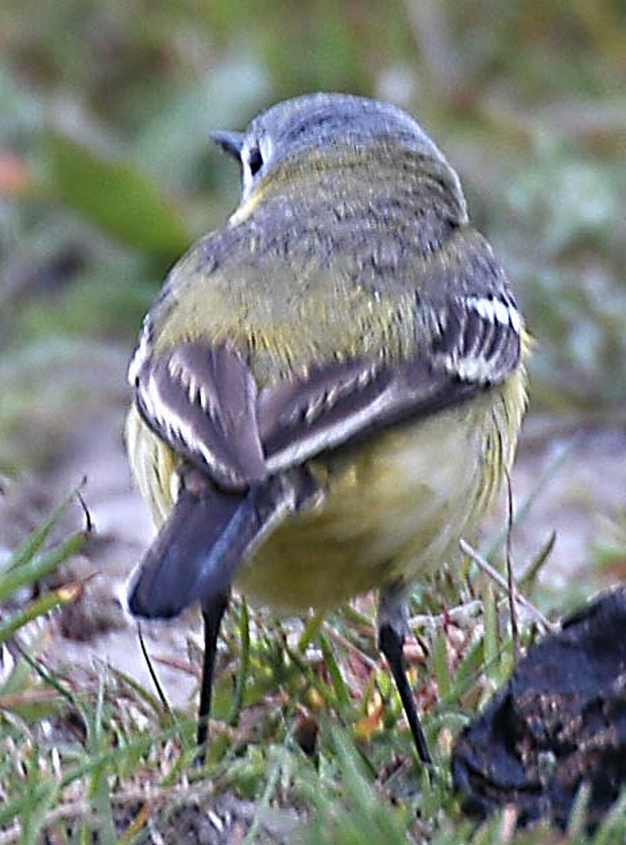 13
13
13 Blue-headed Wagtail Motacilla f.flava with yellow rump25042006 Oude Tonge,
The Netherlands

(go
to 'migrant' section
C
>
 )(h)
)(h)

 OR:
OR:
 18 Nov 2021
18 Nov 2021
RECAP: THE MYSTERIOUS WAYS OF
YELLOW WAGTAILS...
Under favourable weather
conditions Western Europe can expect influxes of a variety of
representatives of the Yellow Wagtail Motacilla flava
Complex which
is described in great detail by Per Ahlström & Krister Mild in the monograph
Pipits & Wagtails of Europe, Asia and North America (publ.by Christopher
Helm).
In a good spring with
persistent SE winds between the middle of April and the middle of May large
numbers of Yellow wagtails arrive in the Rhine-Meuse delta, here in the SW
Netherlands where we live. The majority of the birds arriving in April are
nominate Blue-headed Wagtails Motacilla f. flava
whereas in May
northern Grey-headed Wagtails Motacilla f. thunbergi
gradually take
over. In between these two others such as Yellow Wagtails
Motacilla f.
flavissima of which small numbers breed locally,as well as individual
Black-headed Wagtails Motacilla f. feldegg, Citrine Wagtails
Motacilla citreola, birds resembling Sykes' Wagtail
Motacilla f.
beema, and forms such as 'Dombrowski' and 'Superciliaris' appear on
passage.
Interestingly the groups of
migrants consist mainly of males as the females seem to arrive on an
individual ticket. May be this explains the paucity of published pictures of
females. In The Netherlands two races breed, the nominate being the
commonest while small numbers of flavissima
breed in the West of
the country in both cultivated areas and saltmarshes. No case of
hybridisation between flava and
flavissima has ever been
reported here and in any case would be very difficult to proof without the
help of colour-ringing individuals and close observation of pairs.
In Birding World (Vol) 20:
104-112 March 2007, Philippe Dubois describes the confusing situation on the
French side of the English Channel where he claims multiple hybridisation
between Blue-headed nominate and Yellow Wagtail which he calls 'Channel
Wagtail'; nominate x Spanish Wagtail M.f.iberiae: 'Middlewest'
Wagtail; Spanish Wagtail x Italian Wagtail M.f.cinereocapilla: 'Mediterranean'
Wagtail; and Italian Wagtail x nominate flava
which he calls 'Eastern
Wagtail'.
By means of this complex
hybridisation scheme he explains why some individuals look like f.i. Sykes
Wagtail Motacilla f. beema but are in fact according to him a cross
between flava and
flavissima so-called 'Channel Wagtail'.
This does not make recognising true eastern or southern vagrants which do
occur any easier. In fact, if you accept this view, to separate a real
vagrant from a Channel look-alike is impossible!




 1
1 2
2 3
3 4
4 5
5 6
6 7
7 8
8 9
9 10
10 11
11 12
12 13
13![]() )(h)
)(h)